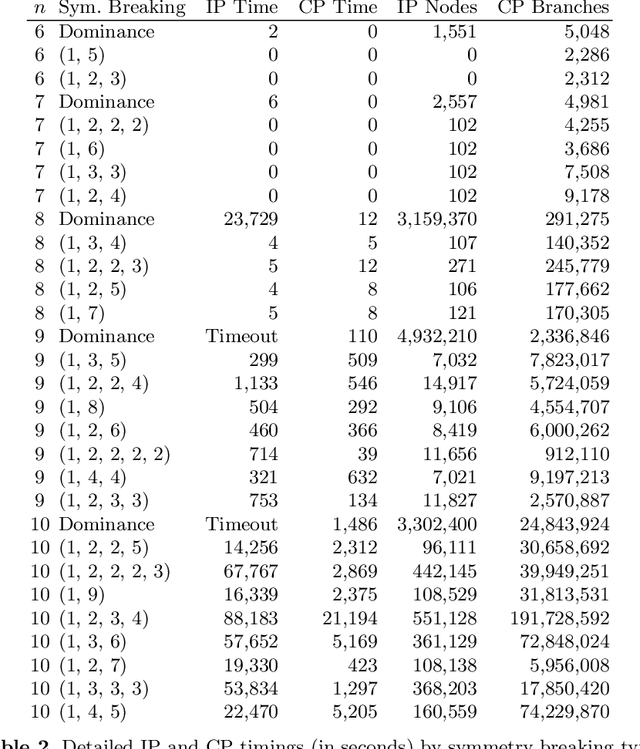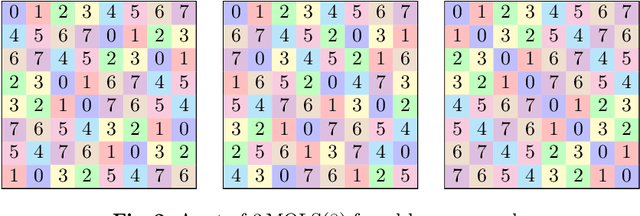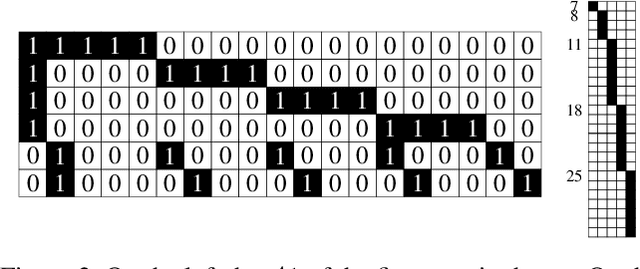Kevin K. H. Cheung
Integer and Constraint Programming Revisited for Mutually Orthogonal Latin Squares
Mar 19, 2021



Abstract:In this paper we provide results on using integer programming (IP) and constraint programming (CP) to search for sets of mutually orthogonal latin squares (MOLS). Both programming paradigms have previously successfully been used to search for MOLS, but solvers for IP and CP solvers have significantly improved in recent years and data on how modern IP and CP solvers perform on the MOLS problem is lacking. Using state-of-the-art solvers as black boxes we were able to quickly find pairs of MOLS (or prove their nonexistence) in all orders up to ten. Moreover, we improve the effectiveness of the solvers by formulating an extended symmetry breaking method as well as an improvement to the straightforward CP encoding. We also analyze the effectiveness of using CP and IP solvers to search for triples of MOLS, compare our timings to those which have been previously published, and estimate the running time of using this approach to resolve the longstanding open problem of determining the existence of a triple of MOLS of order ten.
A SAT-based Resolution of Lam's Problem
Dec 08, 2020



Abstract:In 1989, computer searches by Lam, Thiel, and Swiercz experimentally resolved Lam's problem from projective geometry$\unicode{x2014}$the long-standing problem of determining if a projective plane of order ten exists. Both the original search and an independent verification in 2011 discovered no such projective plane. However, these searches were each performed using highly specialized custom-written code and did not produce nonexistence certificates. In this paper, we resolve Lam's problem by translating the problem into Boolean logic and use satisfiability (SAT) solvers to produce nonexistence certificates that can be verified by a third party. Our work uncovered consistency issues in both previous searches$\unicode{x2014}$highlighting the difficulty of relying on special-purpose search code for nonexistence results.
 Add to Chrome
Add to Chrome Add to Firefox
Add to Firefox Add to Edge
Add to Edge